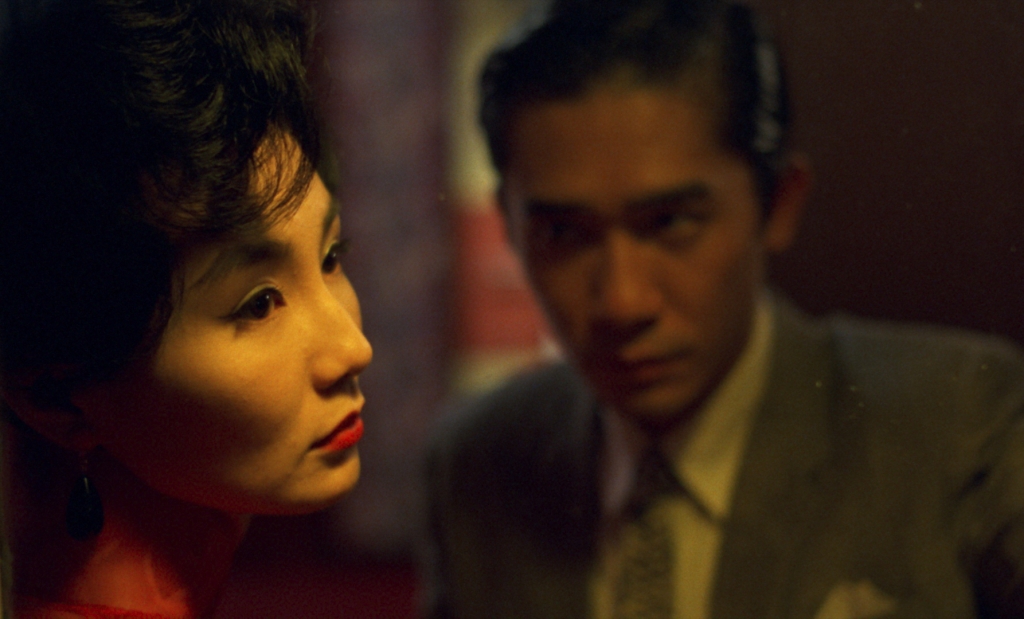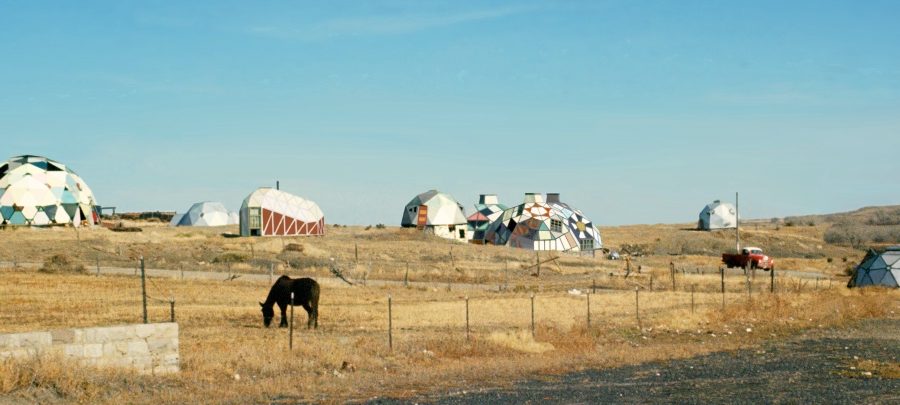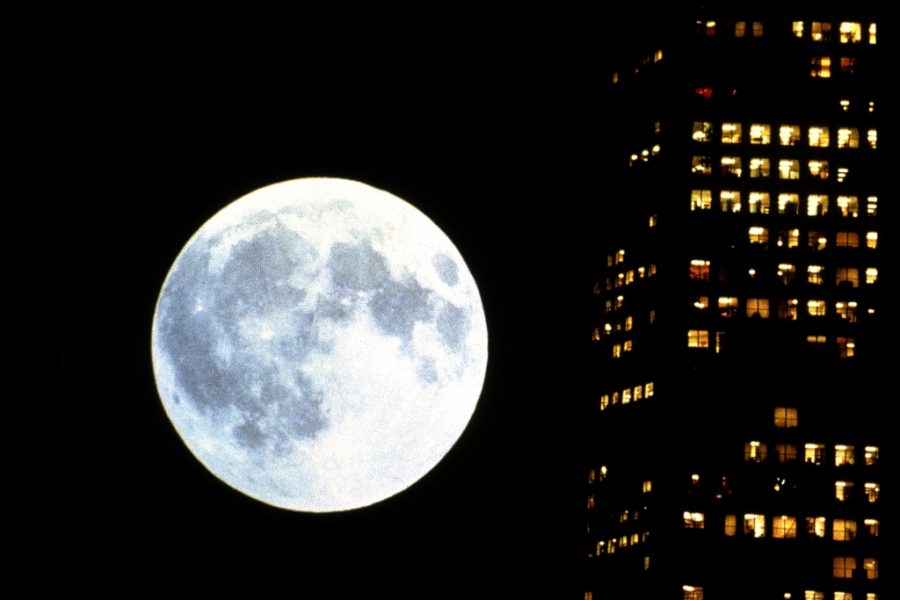Wong Kar Wai’s classic film In the Mood for Love is colour-saturated and languorous. Set in sixties Hong Kong, it provides an intimate portrayal of its lead characters Chow Mo-wan and Su Li-zhen. The pair first meet when they move into apartments in the same building. The new neighbours repeatedly encounter one another, gradually discovering that their spouses are engaged in an affair, and finding themselves drawn together by mutual loneliness.
With its aching soundtrack and exquisitely abstract cinematography by Christopher Doyle and Mark Lee, this film has been a major stylistic influence on the past two decades of cinema, and is a milestone in Wong’s redoubtable career.
The film was introduced by CAST studio holder Nina Royle, a painter whose practice also encompasses creative writing, performance and the creation of delicate environments that extend the mood and sensibility of her paintings into lived experience.
NINA ROYLE: INTRODUCTION
It’s always interesting to be asked to show or talk about something that is outside of your comfort zone. Films are definitely outside of mine. I’ve watched and loved many films in the moment, but actors and plotlines rarely stick in my mind beyond a lingering mood.
I have a similar problem with remembering music. I played the piano between the ages of four and seventeen, most nights drumming out the same pieces of music, again and again. For all the drumming of keys that I did over those years, if the page containing the music were to be removed, its memory would wipe from my mind. So, the only way I could hold onto the pattern of the music would be to play it again with the score in front of me.
I mention memory or the ability to remember as a route into talking about Wong Kar-Wai’s In the Mood for Love, which was released in 2000. I adore this film precisely because it’s about a lingering mood that can’t fully be recollected. It’s about the dream of touching a contour left in the mind by an encounter. It’s about a past sensation that was made poignant in its moment of feeling, because the sharp edges of diverging paths to the future were already palpable and manifest within it.
Throughout the film the drumming sound of rain returns and returns like a phrase – ‘that time when it rained so much’. And a cello phrase by the Japanese composer Shigaru Umebashi also repeats, again and again. There is an opiate feeling to the way they work in the film. They work to saturate the film’s languid, leaden mood into the body. They also work to drive the plot line forwards and backwards in a non-linear way that escapes the confines of words.
Most shots in the film look at figures through doorways, windows, screens, corridors – constant visual intersections in time and space. Like the sound in the film, they contract thought back to a moment whilst simultaneously causing a divorce that lengthens and elongates away from it.
It’s hard to introduce a film without ruining the plot or elevating expectations about what the film is. So, about the plot, (I’ll keep this bit short). It’s a fairly typical love story about an encounter in 1962 Hong Kong between two characters, Su Li-zhen and Chow Mo-wan, who have an affair.
If the film is a typical love story, then why, beyond the repeating cello, rain and visual intersections do I love this film?
I think it’s because of a rare sense of openness in it. I’ve watched it six or seven times now and I continue to take from it. I think much of this openness stems from its method of making. Wong Kar-Wai’s films have a signature style of non-linear narratives made through a meeting of impeccable precision and extreme improvisation and spontaneity. In the Mood for Love took a painfully long time to shoot. Four years in total! There was no script. Many of the shots were re-filmed at different locations across South East Asia until they felt right, and the film was edited right up to the morning of its release at the Cannes film festival. Added to this, the film’s making is also deeply intertwined with Kar-Wai’s subsequent release called 2046, which came out four years later. Both films develop from the same story of an encounter and they also share some of the same footage. I sometimes think of 2046 as a sequel – but it’s not – the two films together function more like interweaving essays on love. Where In the Mood for Love dwells more on the acute moment of a meeting, 2046 is about a longer chain of cause and effect. One interconnection that you will notice between them is the number 2046 on a doorway, seen down a corridor in In the Mood for Love. I’ll come back to its significance in a moment.
One other reason why I love this film is because it opens conversations for me. I teach at Falmouth University and most recently had an incredible discussion about it with Cora Cai, a third-year student whose family live in Hong Kong. We ended up talking about conventional portrayals of love in Anglo-American and Chinese culture. I have never been to Hong Kong or China, so have no authority on this, but Cora described how one of the differences she has noted in her experiences of living both in the UK and in Hong Kong is that in Classical Chinese storytelling greater emphasis is placed on love as expressed through symbolism that is laced into context. A kind of pathetic fallacy that surrounds characters. By contrast, in Western love stories she thought love to be more directly tied to and made synonymous with carnal bodies and personality traits.
Pinpointing cultural differences is a hard-to-define line that is fraught with overlaps and contradictions. The conversation though awakened me to things in In the Mood for Love that I had previously missed. You’ll notice as you watch the film that rarely are there points of touch in it. Erotics, infidelity, desire are made manifest by the context. The colour green is an example. Again and again it appears, like the rain and the cello, making its appearance in wall colour, in clothing, in furniture… It even enters the film via a Latino song sung by Nat King Cole, the title of which translates as ‘Green Eyes’. In Chinese culture, Green is a symbol that has connections to infidelity. So, infidelity hangs everywhere in the film.
The last and perhaps the most important thing to say about In the Mood for Love is that, whilst it depicts a love story between two characters, it is also a love story for Hong Kong itself. A multilingualism suffuses the film. Cultural influences blend together like a perfume whose distinct attributes are perceived, but cannot be separated from the whole. I imagine this to be emblematic of a Pacific port city whose complicated colonised history is bound up in the derivation of its name – ‘Fragrant Bay’.
Wong Kar-Wai was born in Shanghai and emigrated during the 60s, when he was five years old. His family were among many Shanghainese emigrés to Hong Kong at that time. The crowded house around which most of In the Mood for Love revolves is lived in by Shanghainese émigrés. It could be said therefore that the film is infused with Kar-Wai’s reminiscences of his encounter with the city. Due to the relatively recent mass, high-rise development of Hong Kong, most of the outdoor scenes featured in the film are shot in downtown Bangkok. They serve as a love-sick pursuit of a 60s Hong Kong that was.
If love between the two characters in this film is expressed through the backdrop of the city then it could also be said that the love story with the city plays out in Chow Mo-wan’s and Su Li-zhen’s relationship. 2046, the room number and film mentioned earlier, is of special significance in Hong Kong. It refers to a date that was agreed upon in 1997, at the handover of Hong Kong by the British to The Peoples Republic of China. The agreement marked out a fifty-year period, under which Hong Kong’s economic and administrative systems would continue to run unchanged. The policy was termed One Country, Two Systems. 2046 is the year that marks the termination of this system. The city is therefore at present caught in a limbo, an intersection, a haze, between what was and what will be. I wonder then if Chow Mo-wan’s and Su Li-zhen’s characters symbolise two parts of this one country, two systems? Bound, coexisting but irrevocably divided.
Delivered on Thursday 17 June, 2021.


